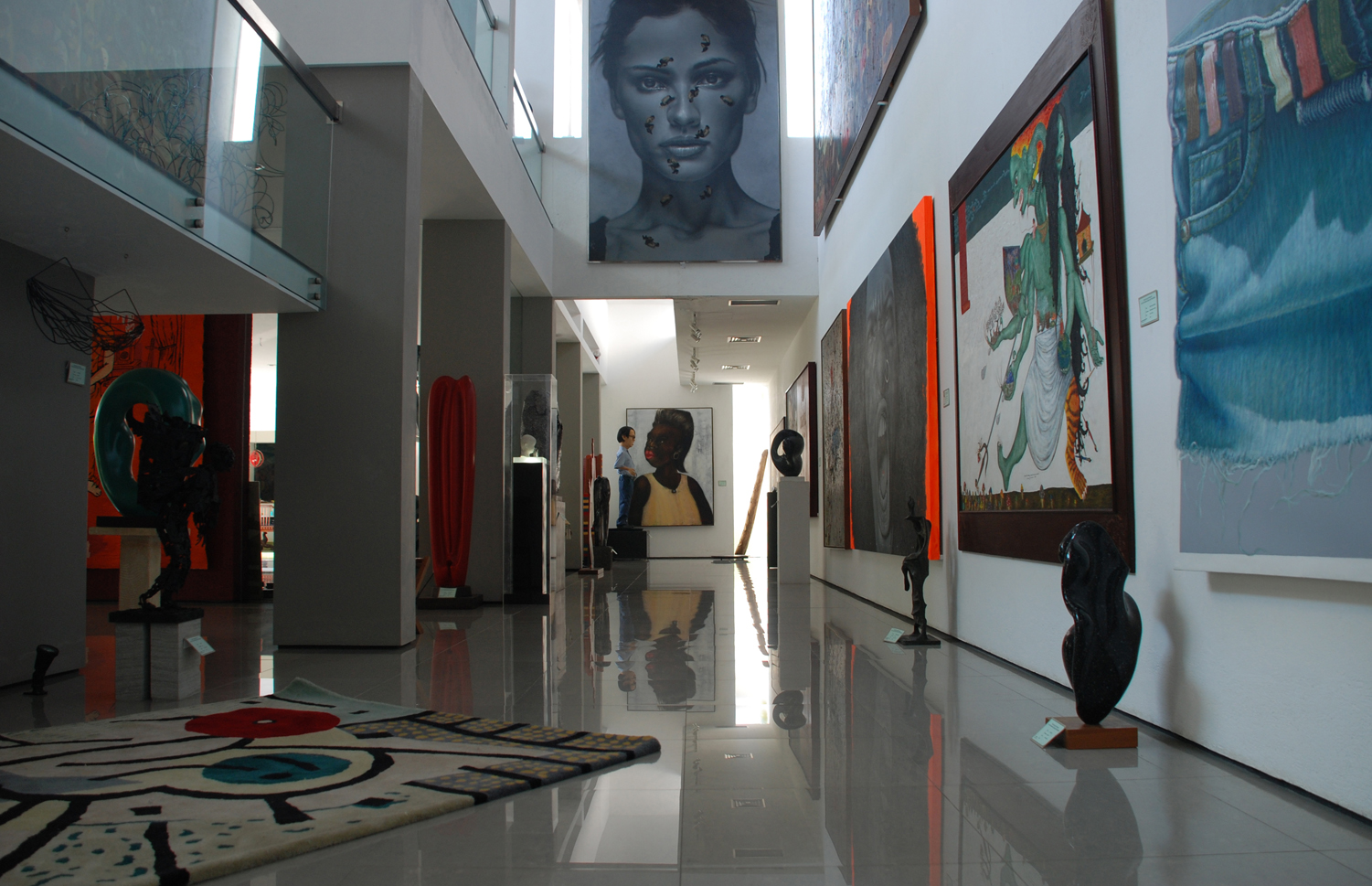 Contemporary art is art that influenced the development of the impact of modernization and used as a general term since the term Contemporary Art developed in the West as the product of art created since World War II. This term is grown in Indonesia as the increasingly diverse techniques and mediums used to produce a work of art, but also because there has been a practice of mixing between different disciplines, artistic choices, and the choice of presentation of the work which is not bound boundaries of space and time. Contemporary art is art that influenced the development of the impact of modernization and used as a general term since the term Contemporary Art developed in the West as the product of art created since World War II. This term is grown in Indonesia as the increasingly diverse techniques and mediums used to produce a work of art, but also because there has been a practice of mixing between different disciplines, artistic choices, and the choice of presentation of the work which is not bound boundaries of space and time.
Another interpretation of the contemporary art practice in Indonesia:
The removal of the septum between the various artistic tendencies, characterized by melting the boundaries between art, theater, dance, and music.
Intervention and social science disciplines, especially those initiated as popular knowledge or take advantage of the latest technology.
The term is considered to accompany the designation of visual arts, music, dance, and theater. Although in the West, the term Contemporary Art plural is used to refer to the practice of visual arts and museum activities as required originator institutions such as the value of art galleries and auction houses.
The development of Indonesian contemporary art
Public art in Indonesia, noting this term since the early 1970s, when Gregory Sidhartha gave the title of his exhibition as Sculpture Contemporary. Departing from disagreement will Exhibition of Painting Indonesia Jakarta Arts Council held at Taman Ismail Marzuki in December 1974, a number of young artists protest by sending bouquets grief over the death of Indonesian art. This event is known as the Black December (1974). A year later, the young artists gathered and exhibited together at Taman Ismail Marzuki entitled Exhibition of New Art (1975). In the exhibition, they issued a manifesto about what they mean by the new Indonesian art. This incident became known as the New Art Movement Indonesia (active 1975-1989).
|